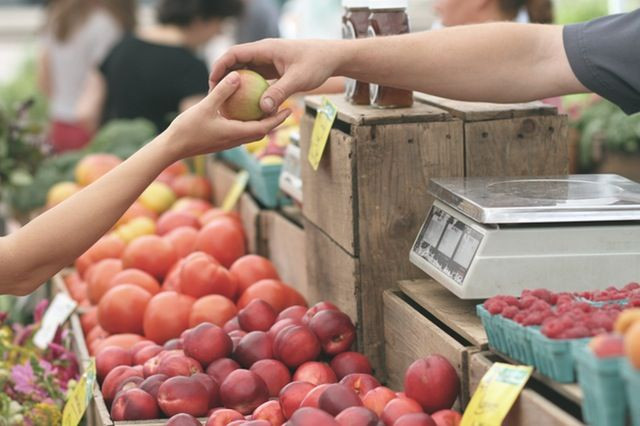Is It Safe To Eat Spotty Fruits And Vegetables? What You Need To Know

Many of us skimp on the spotty fruits and vegetables at the grocery store for aesthetic reasons. The spots and mushy patches on produce makes us wonder how fresh they are, and most importantly, how safe they are to consume. Host Elizabeth Brauer of TED-Ed's latest video, "Are spotty fruits and vegetables safe to eat?”, suggests the stigma against blemished produce should be erased — they're not harmful after all.
In 2010, 30 billion dollars worth of fruits and vegetables were wasted by American retailers and shoppers because of its funky-looking texture and perceived spoilage. However, Brauer reassures us pathogens that affect food often don't have the same ill effects on humans. So, what are these blemishes on our produce anyways?
These spots are evidence of a battle between plants and microbes. Similar to humans, plants coexist with billions of fungi and bacteria. Some of these microbes are beneficial to the plant, suppressing disease and helping it extract nutrients. Others are pathogens that continue to live off of produce even as it sits in a store display or in our refrigerator. Most of these pathogens are never bad for us.
These microbes can reach plants in a number of ways, such as getting splashed onto them during watering or fertilization. Under the right conditions, they grow into large enough colonies to attack the waxy outer layers of fruit or leaves. Their target is the delicious sugars and nutrients inside.
They often form spots, draining the nutrients and color from the fruit's cells, making that yellow halo seen in tomatoes. They next move outward, leaving a black spot of dead cells; each spot possibly contains hundreds of thousands of microbes. This is actually caused by a combination of the microbial attack and the host's defense mechanisms.
Meanwhile, when it comes to mushy blemishes, microbes usually attack the fruit after it has detached from the plant. If the plant is wounded during transport, necrotic fungi can infiltrate through the wound, kill the cells and absorb their nutrients, leaving our food looking mushy or brown. These spots can taste pretty bad, since we're eating dead and decomposing tissue.
Usually, we can salvage the rest of the fruit by cutting off the mushy parts and eating the others.
Now, microbes that can make us sick like E.coli and salmonella can be on veggies too. Unlike plant pathogens, they don’t typically cause spots, and instead just hang out invisibly on the surface.
Therefore, it's important to look past the appearance of a fruit or vegetable, and rinse thoroughly to avoid contamination.



























